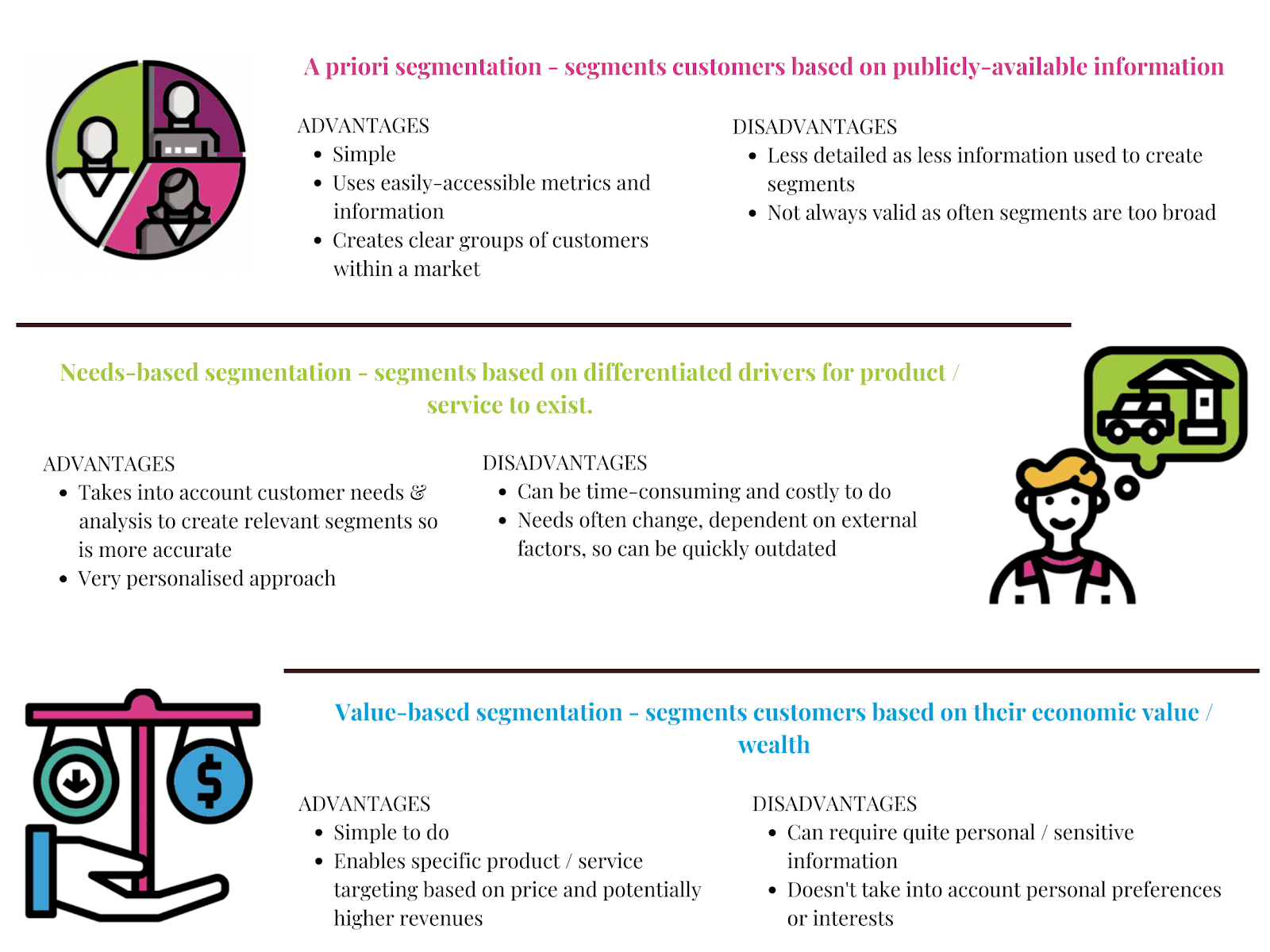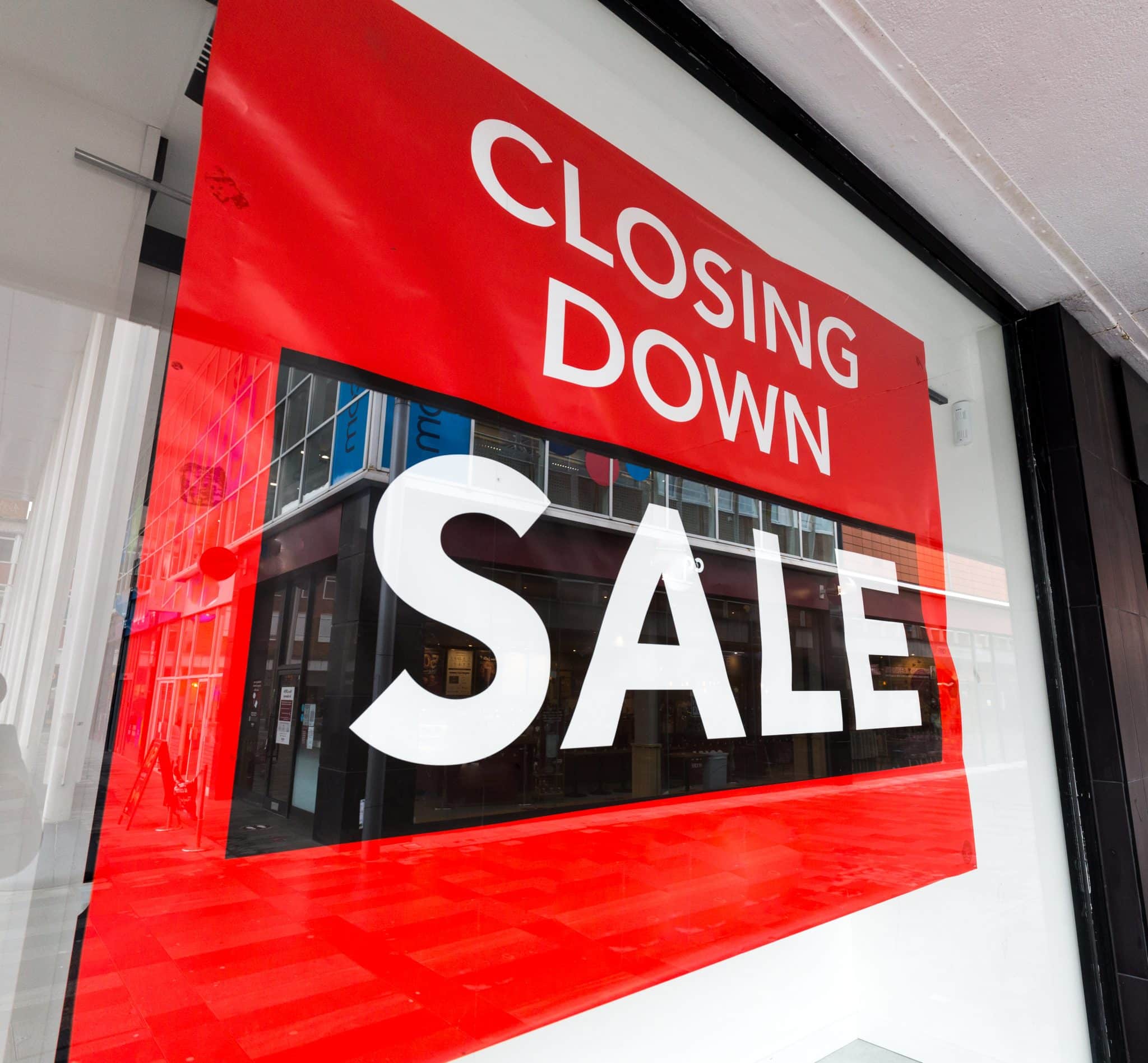A common misconception exists in the conflation of customer segments and personas.
Using customer segmentation in your CX to make the most of your customer data
Using customer segmentation in your CX to make the most of your customer data
A common misconception exists in the conflation of customer segments and personas.

A common misconception exists in the conflation of customer segments and personas.
- Customer segmentation, according to Optimove (a relationship marketing hub), is “practice of dividing a company’s customers into groups that reflect similarity among customers in each group.”
- Customer personas, according to the Digital Marketing Glossary (an online publishing and marketing hub), are a fictional character that embodies “the characteristics, needs, motivations, environment and behaviour of typical distinct audience types.”
Customer segmentation offers a way of separating out your many types of customers into collective ‘groups’ with shared characteristics. Personas are then used to characterise each group and the participants / type of customer within it. This blog will look at customer segmentation, what it is, how you do it, and why segmenting your customer will be beneficial to your business in the long run.
Customer segmentation
First we will look in more detail at customer segmentation, discussing the following questions: ‘how do you go about segmenting your customers?’ ‘What are the options and why choose one method of segmentation over another?’
This infographic outlines the four key approaches you could take to segmenting your customers. How do you want to segment your customers? Key options include: demography, by behaviour, by psychology, or by geography.

(image from Clarasys)
Each approach has its advantages and disadvantages; often one approach might be more suited to your business offering – for example, Behavioural segmentation might be a better way for retailers to segment their customers by enabling them to understand the purchasing and consumption patterns of the individuals consuming their products or services. On the other hand, a global media and information subscription service, might find Geographic segmentation more effective when wanting to understand the varying needs and interests of different customers according to their location and geographic base.
These two examples offer an insight into the purposes, outcomes, and benefits of customer segmentation.
Retailers use segmentation to gain enhanced insight into purchasing and consumption patterns enabling them to promote their products in a more targeted way. They can therefore approach individuals who prefer to purchase more products at a lower price with deals and discounts whilst offering others who have a tendency to purchase rarely but at greater expense, the more ‘luxury’ items.
A global media subscription service may find that city-dwellers in European countries use their streaming service more, due to easily-available internet; whereas individuals living in more rural areas and remote corners of the world may be more likely to download rather than stream, due to a less-reliable internet connection. The business can, therefore, ensure that the features on the media subscription service are tailored to each geographic segment and that the ability to either stream or download is promoted more effectively to its relative audience.
So, where do you find the information you need to carry out your customer segmentation?
As well as having different ways in which you can segment your customer, there are also varying methods you can use when segmenting your customers. The method that you use to segment your customers dictates the information you need to find to carry out your segmentation, and where this information could come from.
The three most common ways, and their advantages and disadvantages, are summarised by this infographic below, namely: a priori; value-based or needs-based.

Ultimately, the way you go about segmenting your customers depends entirely on your available resource, information, and organisational setup. Yet, whatever you decide regarding your customer segmentation, the benefits for your business are numerous.
By identifying the different segments of customers that are relevant to your product and/or service , you enhance your insight into those segments and understand a little more about the individual customers buying your product or service with the following benefits:
- Improve your product – a clearer understanding of who wants to buy your product / service and why enables you to better serve their individual needs, offering them greater satisfaction and better customer experience.
- For example, H&M focus their products towards young people and have managed to enhance not only their product offering but also the price at which their target audience has to pay by aligning with NUS to offer a student discount to young, student shoppers.
- Focus your market message – understanding your customers enables you to develop a targeted, focused marketing strategy and message that is personalised. A study by Denamico found that by creating hyper-personalised newsletters their open rates increased by 43% and click-through rates by 89%.
- Sephora do this particularly well by offering incentives or rewards for signing up and creating an account with them. They also send out offer emails with discounts or special purchases on birthdays, or equivalent.
- Clarifying strategic priorities – with clarity on your customers, you’ll be able to focus your business energy on your more successful segments, increase win rate, and ultimately increase revenue.
- With increased consumers adopting vegan and vegetarian diets, many fast food chains have recently introduced vegan options in their otherwise largely meat-based menus. UK based bakery Greggs have been creating a whole range of plant-based products and released a vegan version of their infamous sausage roll in 2019. This product alone helped to drive a 58% first half profit rise.
So, once you’ve segmented your customers; the next step would be to delve deeper into each customer segment, and create customer personas. Find out more about this in our second blog.
This post was originally coauthored by: Genevieve Cox

